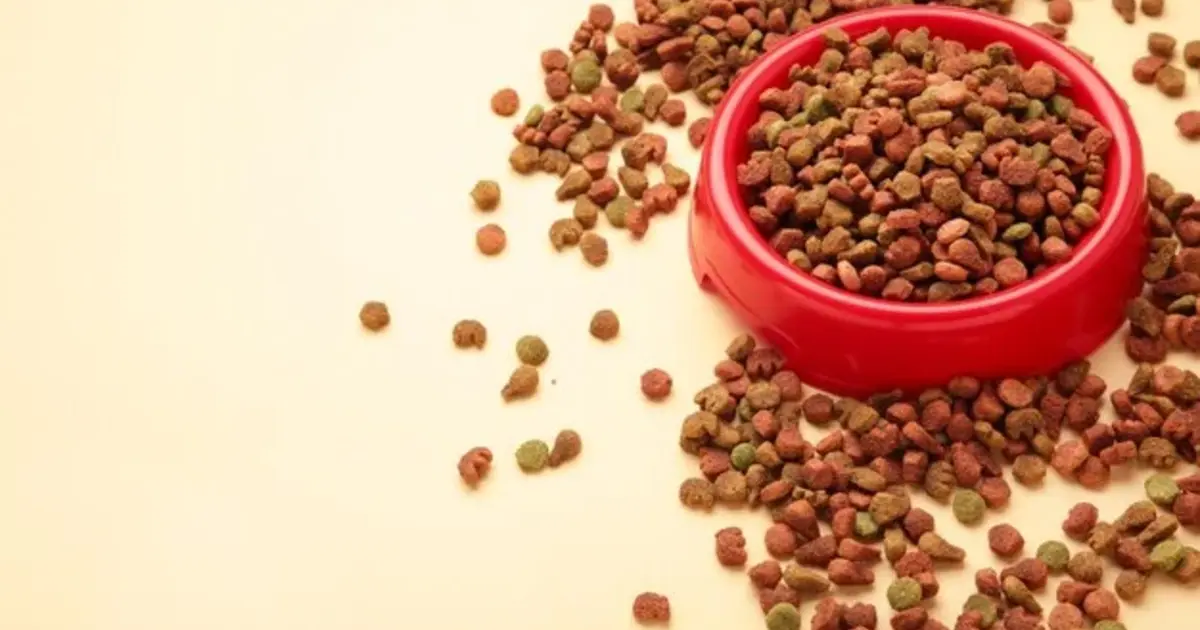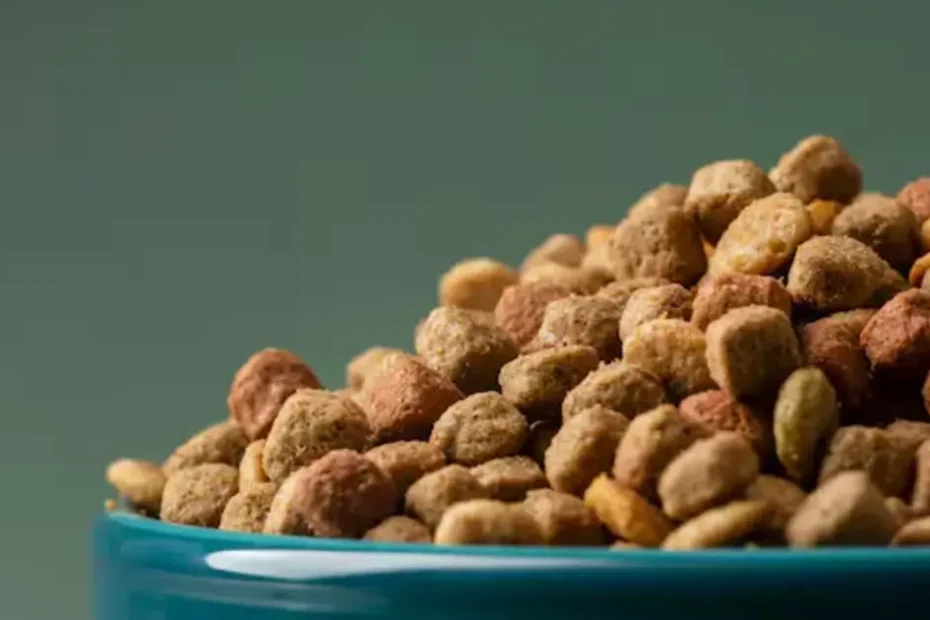Grain free cat food
Grain-free cat food is formulated without grains like wheat, corn, and soy, which are commonly used as fillers in many pet foods. Instead, these diets typically focus on high-quality protein sources (like chicken, fish, or turkey) and include alternative carbohydrates such as peas, lentils, or potatoes.
Some pet owners choose grain-free diets for their cats due to allergies, sensitivities, or a belief that a diet mimicking a cat’s natural prey is healthier. However, it’s important to consult a veterinarian before making any dietary changes, as not all cats need a grain-free diet, and some grain-free formulas can be high in carbohydrates or fats.

Good and Bad side of grain free cat food
Good Side of Grain Free Cat Food
1. Better Digestibility for Some Cats
Cats are obligate carnivores, meaning their natural diet consists mainly of animal protein and fat rather than carbohydrates. Since grains can be more difficult for some cats to digest, grain-free foods are formulated to minimize such ingredients, often making digestion easier. For cats with more sensitive digestive systems, grain-free foods can help reduce issues like stomach upset, gas, and bloating.
2. Reduced Risk of Allergies
While food allergies are relatively rare in cats, grains can be a common allergen when they do occur. Cats sensitive to grains may show symptoms like skin itching, inflammation, chronic ear infections, or digestive problems. By eliminating grains, many cats experience relief from these symptoms, improving their quality of life. A grain-free diet may also support a healthier coat and skin due to the lower chance of allergy-triggering ingredients.
3. Lower Carbohydrate Content
Grain-free diets typically replace grains with other carbohydrates, such as sweet potatoes, peas, or lentils, but usually in smaller quantities. This makes the food closer to a cat’s natural diet, which is high in protein and low in carbs. High protein and moderate fat levels are ideal for a cat’s metabolism and may help maintain a healthy weight and muscle mass, especially for more active cats.
4. High-Quality Ingredients
Grain-free diets often market themselves as higher-quality options, using real meats as the primary ingredient instead of fillers. Many grain-free products also include beneficial ingredients like antioxidants from fruits and vegetables, omega-3 and omega-6 fatty acids, and chelated minerals, which can support overall wellness and improve immunity. While the ingredients can vary, grain-free foods often strive for a more natural and nutrient-dense formula.
Bad Side of Grain Free Cat Food
1. Higher Cost
Grain-free foods tend to be more expensive than regular cat foods due to the use of higher-quality, premium ingredients. For pet owners on a budget, these costs can add up over time. Additionally, if the cat does not have specific sensitivities to grains, the higher cost may not necessarily translate to improved health or nutrition.
2. Potential for Weight Gain Due to Higher Fat Content
Since grain-free cat foods replace grains with alternative ingredients, some brands increase the fat content to maintain taste and caloric density. For less active or older cats, this higher fat content can lead to weight gain. Cats on a grain-free diet may need portion control or more physical activity to avoid obesity, which is a common health concern in indoor cats.
3. Risk of Nutritional Imbalance
Not all grain-free foods are created equal. Some may have limited or imbalanced nutrient profiles that don’t fully meet a cat’s specific needs. For instance, certain grain-free diets might not contain enough taurine or other essential nutrients. Since taurine deficiency can lead to heart problems and vision loss in cats, it’s important to choose a grain-free option that’s specifically formulated with a cat’s health needs in mind.
4. Potential Link to Heart Disease (DCM)
Some recent studies have shown a potential link between grain-free diets and an increased risk of dilated cardiomyopathy (DCM), a heart condition. Although DCM was once thought to be primarily a concern for dogs, it has raised red flags among veterinarians for both dogs and cats on grain-free diets. The link isn’t fully understood, but it may involve alternative carbohydrates (like peas and lentils) used in place of grains, which might interfere with taurine absorption or metabolism. If you’re considering a grain-free diet, it’s a good idea to consult a veterinarian to weigh the potential risks.
In summary, grain-free cat food can benefit cats with grain sensitivities, allergies, or digestive issues, and it aligns closely with a cat’s carnivorous nature. However, it may not be suitable for all cats due to higher fat content, cost, and potential health risks related to heart disease. It’s always best to discuss diet changes with a vet to ensure your cat receives a balanced and safe diet.
